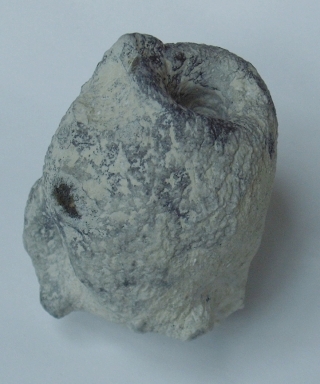
Turonia constricta
Zittel 1878
Turonia constricta is more columnar in shape compared to other Turonia species, and has a rounded top with a central paragaster, often surounded by radiating furrows. Near its base there is usually a dense cortex made up of siliceous platelets. The skeleton is composed of smooth tetraclones united by zygosis. Dichotriaenes occur as dermal scleres.

Megascleres of Turonia constricta (after Schrammen, 1910).
(a) tetraclone,
(b) dermal dichotriaene,
(c) siliceous platelets from cortex.
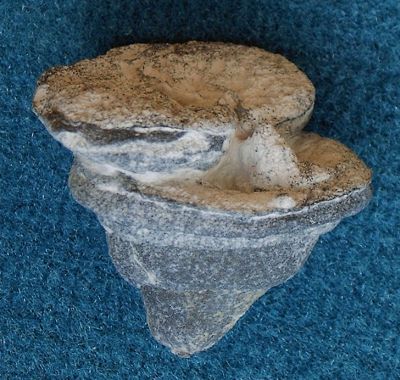
Turonia induta
Zittel 1878
Turonia induta is a rather small species, hardly exceeding 30-40 mm. It is top-shaped, with a dense cortex near its base, and a rough upper surface, with radiating grooves.
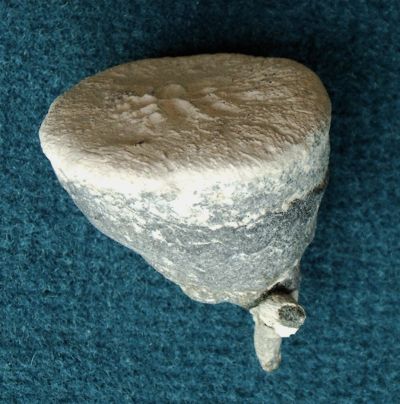
Another example of Turonia induta, showing the osculi of a multiply subdivided paragaster (similar to Callopegma acaule) on a flat, but furrowed upper surface.
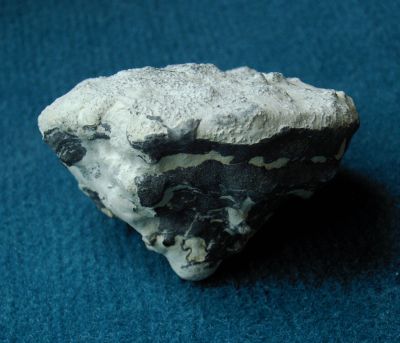
Turonia variabilis
Michelin 1847
Turonia variabilis is a fairly common species in the Upper Campanian of Misburg. The bottom side is equipped with many short roots and is always covered with a dense, wrinkled cortex, whereas the upper side is rough and without cover. T. variabilis reaches considerable size, often exceeding 150 mm diameter.
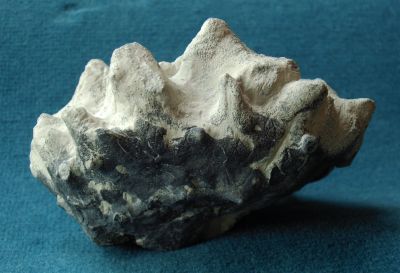
This specimen is also Turonia variabilis, but with a more strongly sculptured upper surface.
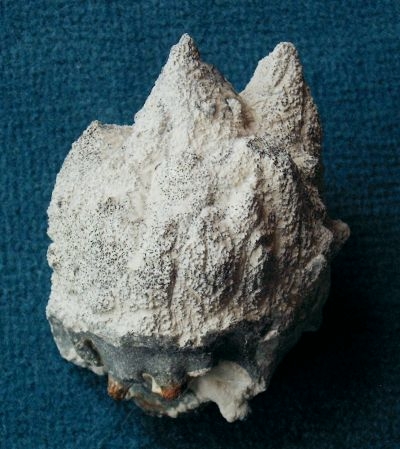
An extreme form of Turonia variabilis is shown in this picture, with very pronounced teat-shaped protrusions on the upper surface, which also show some strong furrows running to the tip of these protrusions.